DOCtalk by Dr. Gregg 2/19/14
HIMSS 2014 – “DON’T FORGET THIS JUNK” LIST
Every February, I pull out my handy dandy HIMSS checklist. You probably have a similar list of your own, but there might be a few things here that are worth adding to yours, in case you’ve overlooked them.
My Official HIMSS 2014 – “DON’T FORGET THIS JUNK” LIST
- Tennis shoes – Remember your solemn oath: “I promise my feet that I will never again run the HIMSS triple marathon on somewhat carpeted concrete in hard sole shoes.” (And, God, please bless the women that do it in heels.)
- Dr. McGinty’s Amazing Hangover Cure and Spot Remover
- Deodorant (Remember that guy last year… ew… don’t wanna be him.)
- Ibuprofen (and plenty of it)
- Extra cell phone battery and multiple chargers/cords (More power!)
- Hand sanitizer (You know why.)
- Dr. McGillicutty’s Amazing Energy Booster and Blemish Cream
- Business cards (Remember, lots of folks still use them despite all our digital wizardry.)
- Lint remover brush (Nobody needs to know you have a dog.)
- Breath mints (Remember that gal last year… ew …don’t wanna be her.)
- Hair trimmer/scissors (Think “nose and ear hairs.”)
- Dr. McDougal’s Amazing Anti-Flatulence and Static-Reducing Powder
- Sunscreen (It may not be toasty, but it is Florida and you’re leaving snow-laden and gray-skied, frigid and frosty, it’s still-winter-here-in-the-“New Arctic”-Ohio.)
- Preparation H (You never know and plane rides can seem like forever.)
- Stamps (It may be old-fashioned, but it’s really fun to get a postcard. Make someone else smile and send a few… especially the funny ones, like with an alligator biting off a girl’s bikini.)
- Your tickets (Duh.)
- Dr. McGuinness’ Amazing Anti-Belch and Shoe Shine Liquor
- Triple Antibiotic Cream (Remember that guy with that rash last year?)
- NSA-approved list of safe text and email terms (No need to stir up any trouble.)
- Personal and heavily-encrypted MiFi wireless hotspot (No need making it easier than you have to for the hackers.)
- Noise-reducing ear buds (The kind that block noise and unwanted sales pitches.)
- Dr. McDonagall’s Amazing Bullhockey Detector and Battery Booster
- Humility (God knows there’s not much of that to be found at HIMSS.)
From the trenches…
"I’m not a list person.” – Joan Jett
Dr. Gregg Alexander, a grunt in the trenches pediatrician at Madison Pediatrics, is Chief Medical Officer for Health Nuts Media, an HIT and marketing consultant, and sits on the board of directors of the Ohio Health Information Partnership (OHIP).


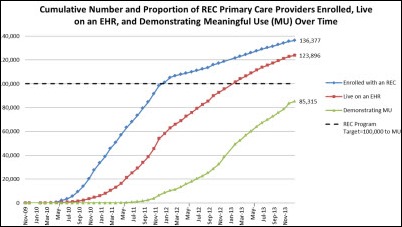
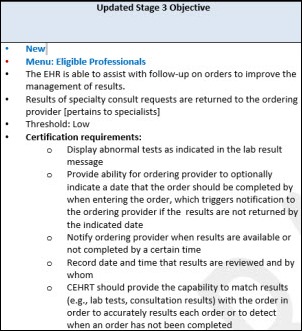
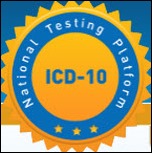


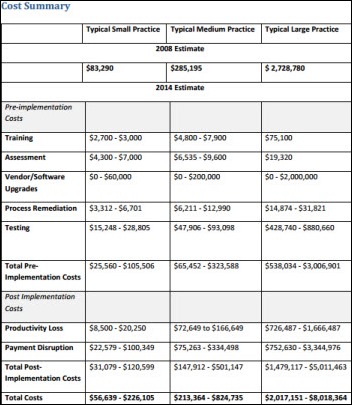
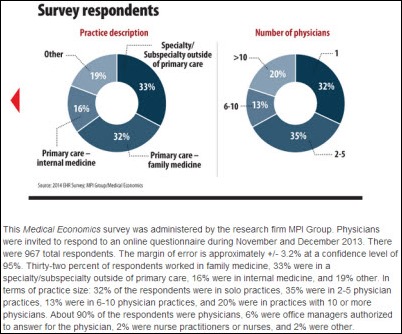
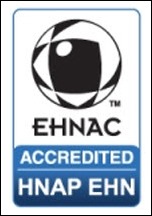

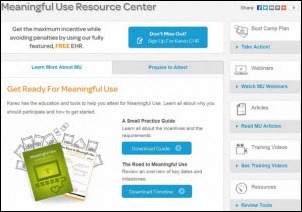

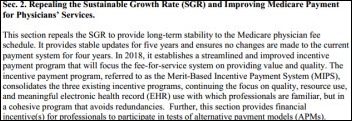


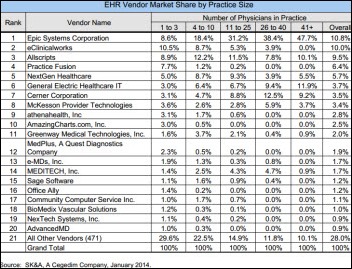

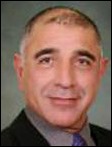




The article about Pediatric Associates in CA has a nugget with a potentially outsized impact: the implication that VFC vaccines…